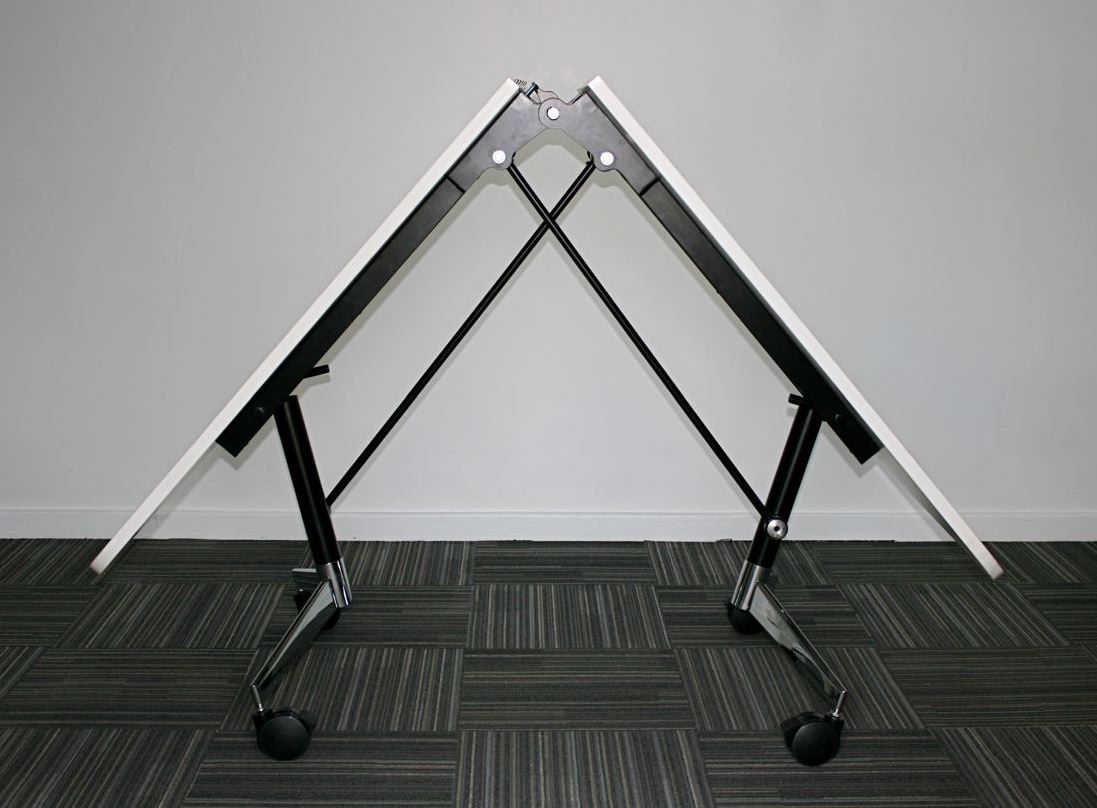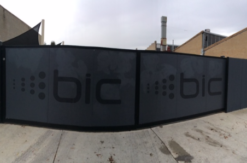Metal fabrication is an essential process in modern industry, transforming raw metal into structures and products through cutting, bending, and assembling techniques. From construction to automotive, aerospace to consumer goods, metal fabrication solutions are at the heart of many sectors, driving innovation and efficiency. Understanding the intricacies of metal fabrication, its benefits, and its applications sheds light on its vital role in the global economy.
What is Metal Fabrication?
Metal fabrication involves creating metal structures by cutting, bending, and assembling processes. It encompasses a range of techniques such as welding, machining, forming, and stamping, tailored to meet specific requirements. These processes convert raw materials like steel, aluminum, and copper into finished products and components that serve a myriad of purposes.
Key Processes in Metal Fabrication
- Cutting: This is the initial stage where raw metal sheets are cut into desired shapes and sizes. Techniques include laser cutting, plasma cutting, and water jet cutting, each offering precision and efficiency. Laser cutting, for instance, provides high accuracy and is ideal for intricate designs.
- Bending: Once the metal is cut, it is bent into the required shape using methods like press brakes or roll bending. This process is crucial for creating angles and curves, transforming flat sheets into functional components.
- Assembling: This involves joining the cut and bent pieces to form a complete structure or product. Welding is the most common assembling method, but other techniques like riveting and adhesive bonding are also used depending on the application.
Benefits of Metal Fabrication Solutions
- Durability and Strength: Metal products are known for their durability and strength, making them suitable for demanding applications. Fabricated metal structures can withstand extreme conditions, ensuring longevity and reliability.
- Customization: Metal fabrication allows for high levels of customization, catering to specific project requirements. Whether it’s a unique architectural design or a specialized industrial component, fabrication solutions can be tailored to meet precise specifications.
- Efficiency: Modern metal fabrication employs advanced technologies like computer numerical control (CNC) machines and automation. These innovations enhance precision, reduce production times, and minimize waste, leading to cost-effective solutions.
- Versatility: Metal fabrication is applicable across a wide range of industries. In construction, it provides frameworks and reinforcements; in automotive, it produces parts and assemblies; in aerospace, it contributes to lightweight, high-strength components. This versatility underscores the importance of metal fabrication in various fields.
Applications of Metal Fabrication
- Construction: Structural steel beams, roofing, and cladding are fabricated for buildings and infrastructure projects, providing strength and stability.
- Automotive: Chassis, body panels, and engine components are fabricated to ensure safety, performance, and efficiency in vehicles.
- Aerospace: Lightweight yet strong components like aircraft fuselage and engine parts are fabricated to meet stringent safety and performance standards.
- Consumer Goods: Metal fabrication is used in manufacturing appliances, furniture, and electronics, delivering both functionality and aesthetics.
Conclusion
Metal fabrication solutions are integral to the advancement of numerous industries, transforming raw materials into valuable products and structures. The combination of durability, customization, efficiency, and versatility makes metal fabrication a cornerstone of modern manufacturing. As technology continues to evolve, metal fabrication will undoubtedly play a pivotal role in shaping the future, driving innovation, and supporting sustainable development.


